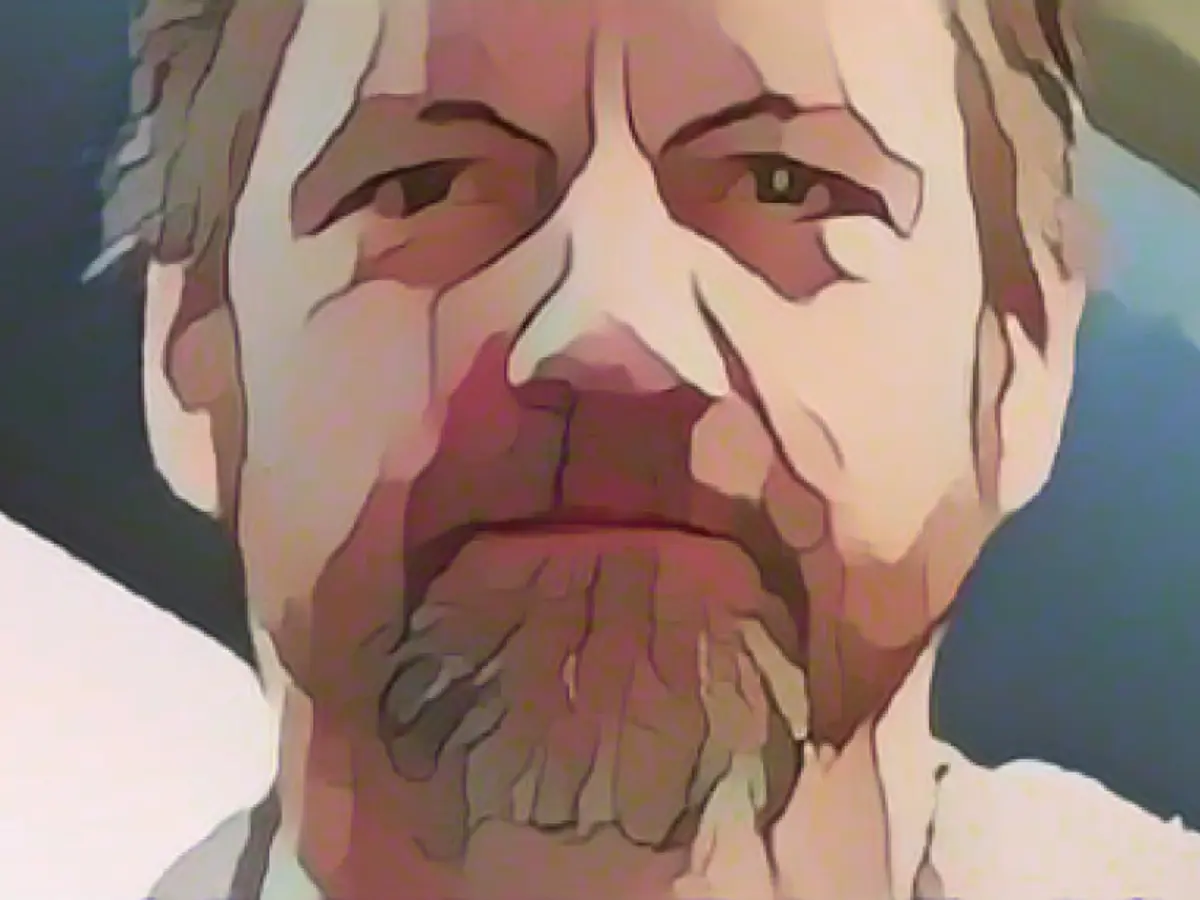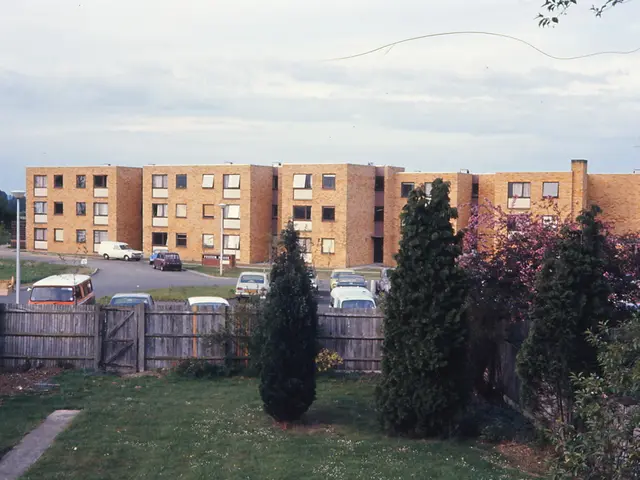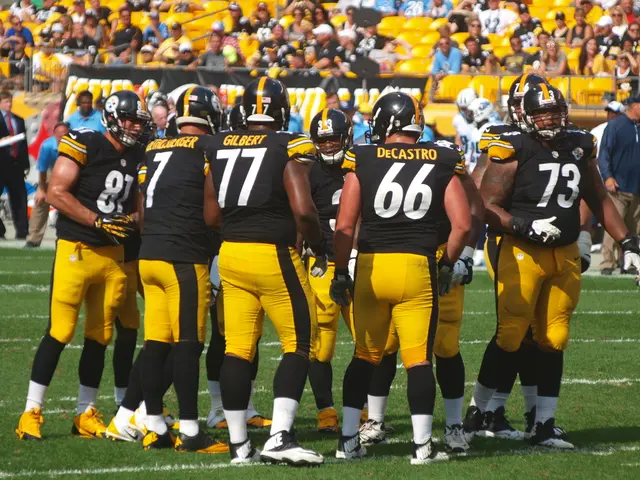Unveiling Dzhokhar Tsarnaev's New Home: The Alcatraz of the Rockies
In the United States, prisoners spend a whopping 23 hours a day in tiny cells, barred from any sight of the outside world. Supermax prisons, like the one awaiting Dzhokhar Tsarnaev, the young man convicted of the Boston Marathon bombing, are designed to isolate and control.
After his sentencing, Dzhokhar Tsarnaev faces an uncertain future, with his final destination largely dependent on the Federal Bureau of Prisons. As United States Attorney Carmen Ortiz stated on Friday, the Bureau will decide if he is to serve his time in the ADX Florence, Colorado's maximum security facility, or the death row in Terre Haute, Indiana, as they await the long, drawn-out appeals process.
Infamous for being the nation's most secure supermax, the ADX Florence is a veritable prison fortress. Guards transport prisoners in buses, special vehicles, and even Black Hawk helicopters to this Alcatraz of the Rockies. Armed patrols roam its vast, open complex, while a dozen imposing towers loom over the low-lying brick buildings.
"As soon as they walk through the door, you can see it in their faces," former ADX prison guard Robert Hood recounted. "In the back, you can see the magnificent Rocky Mountains. When they go in, it's the last time they'll ever see it."
Unsurprisingly, "Supermax is a life after life," Hood, a former ADX warden from 2002 to 2005, said. "It's long-term." In Hood's opinion, "it's much worse than death."
Architecture as Control
More than four hundred inmates like Dzhokhar Tsarnaev (once they've been classified as high-security risks) spend up to 23 hours a day in their 7-foot by 12-foot concrete cells. Food is slid through tiny slots in the door, and the bed is a concrete slab with a thin mattress and a blanket for a cover. The barred window, 42 inches high and 4 inches wide, allows in some natural light. However, this narrow aperture ensures no view of the outside world for the prisoners. The cells feature immovable concrete chairs and tables, and thick walls prevent prisoners from seeing or communicating with each other.
As Hood explained, "The structure of the building is all about control." Prisoners are kept from seeing the sky to purposely frustrate them, and electrical wires are used to ensure aircraft cannot land.
Besides the guards and prison staff, inmates have limited human contact. They must be handcuffed, shackled, and chained at the waist when taken out of their cells and escorted by guards. For hour-long outdoor recreation, they're confined to cages slightly larger than their prison cells. Inside the cages, the only sight is the sky.
A tired procession of metal doors slides open and closed as Hood reminisced, "As the metal doors open and close, they pass by hundreds of cameras."
Life in Solitary
Some cells are furnished with radios and black-and-white TVs, offering religious, educational, and general programming. During Tsarnaev's trial, current ADX director John Oliver testified under oath, though his emails and conversations were constantly monitored. Prisoners have the chance to find jobs within the facility (e.g., cleaning showers or working within the general population).
However, the ultimate level of control lies with the justice department, not the prison staff. Tsarnaev, like other notorious-offenders, is appropriately assigned to the High-Security Forced Response Unit, or H-Force. These cells are solely for prisoners who require stricter controls and harsher confinement.
Visitors to prisoners include only members of their legal teams and immediate family. The prisoner sits on the opposite side of the glass, and they communicate through a phone, with all private conversations subject to monitoring, except for legal consultations, which are considered privileged and confidential.
Winning the Right to Supermax
Amnesty International reported in 2014: "ADX itself has almost completely become a 'segregation' institution, where prisoners are mainly kept in isolation for many hours each week in individual cells."
Supermax prisons house the most dangerous prisoners within the colossal American prison network. Many are convicted terrorists, while others pose a severe threat to the prison staff and inmates.
"They went to prison. They went to prison. They killed guards. They killed visitors. That's why they get to go to Supermax, if they want to," Hood exasperated. "That's terrorists. That's destructive gang members. They're spies."
According to a 2012 lawsuit against the Federal Bureau of Prisons, "years of isolation without direct, unlimited communication with other humans" resulted in some ADX inmates, especially those with mental health concerns, "basically lost fundamental social skills and abilities. They are predictably paranoid in regards to the motives and intentions of others." "Prisoners — even those without mental health issues — experience high stress when faced with unlimited contact with similarly flawed and paranoid individuals. Physical assaults and stabbings are common."
Many ADX inmates "cry, scream, and have endless anxiety scratched on the walls of their cells," as stated in the lawsuit. "Inmates carve themselves with razor blades, broken glass, sharpened chicken bones, writing utensils, and all other sharp objects they could get their hands on."
Coping or Self-Destructing
"Some inmates hold crazy conversations with voices they hear in their heads," alleged court documents. Others smear feces or waste materials in their cells or throw them at guards. "I know that everyone has their own coping mechanisms when you put someone in a cell for 23 hours a day and tell them this is the rest of their life," Hood said.
"When you see a person strip naked and throw feces at the approaching guard, then is that a sign of psychological illness? Is that a self-destructive problem? Or is it a symptom of the inmate's coping mechanism?"
The lawsuit claims that at least six ADX inmates have taken their lives since the prison's opening in 1994. The majority of these suicide victims hang themselves with bedsheets.
Thomas Silverstein, who was held in isolation for over three decades (ten-nine of which were in ADX), is quoted in the Amnesty International report: "Although I know I still want to live and be a survivor, I often wish I was dead."
From Laura Rovner, a University of Denver School of Law professor representing ADX inmates; "Compared to some conditions in the Guantánamo Bay prison in Cuba, conditions in ADX are almost as bad as serving a life sentence, it's a living death. It takes away everything. A person's existence is reduced to the four walls of this small cell, and honestly, nothing else."
Ms. Rovner stated that psychological illness and younger inmates pose significant risks in isolation. Speaking specifically of Tsarnaev, she emphasized that he was likely to endure his isolation for many years to come. "He's expected to be isolated for at least the next 50 years. That's almost unimaginable."
In 2008, ADX introduced a de-escalation plan for Unit H, which involved three phases of privileges allowing more freedom over time. "If you're a college bomber and have a higher education... and are fluent in several languages, a significant part of the day would be spent reading," Hood explained about Ted Kaczynski, who was famous for being the Unabomber. "But many inmates lack the coping abilities. They can't read. They can't manage a legal case. So there is no escape; that's likely the inmate who will hurl feces at you."
Many defense attorneys have noted that some inmates spend years in solitary confinement without progressing to the next stage of de-escalation due to unchanged management policies despite good behavior.
Famous inhabitants of ADX include Ramzi Yousef, convicted of two terrorist attacks, including the 1993 World Trade Center bombing that claimed six lives, as well as numerous bombings across the United States. He currently serves two life sentences and 240 years in prison. For over 15 years, Ramzi Yousef was kept in solitary confinement.
Yusuf, who has behaved well for at least five years, worked as a nurse, allowing him spending several hours a week cleaning other cells. However, he was denied access to the third phase and had his special controls renewed annually, alleged human rights groups. Hood described Yusef as polite but not as sympathetic as Sammy the Bull Gravano, the notorious Lester Joseph Merlino associate.
David Cullen, a former ADX prison guard, revealed that supermax inmates are not monitored constantly like in movies, as it's humanly impossible. Instead, central monitoring detects any unusual activity.
During Tsarnaev's trial, prison director John Oliver testified to Supermax's benefits, highlighting case studies of inmates who've written books, taken college classes, and maintained a sense of normalcy within the facility.
In conclusion, the life of Dzhokhar Tsarnaev is about to take a drastic turn, and like many supermax inmates before him, he'll find his days filled with limited human contact, anxiety-inducing surveillance, and an unrelenting desire to cope with years of isolated existence.








